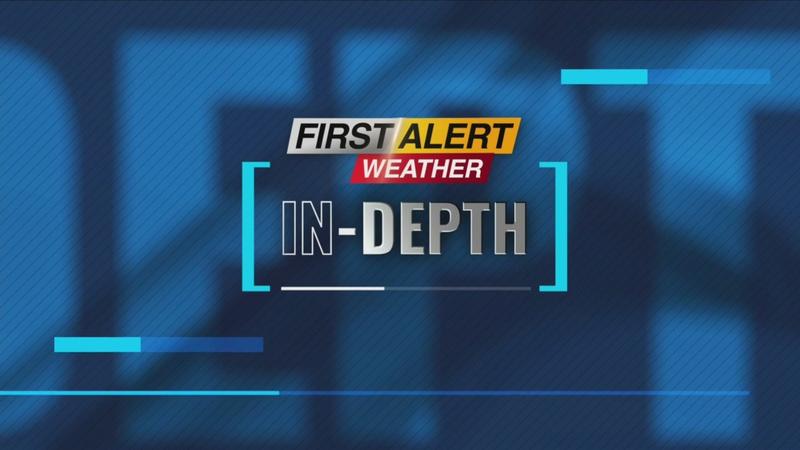First Alert Weather In-Depth: The sleeping Atlantic

Kind of ironic to say the Atlantic is sleeping after what the remnants of Beryl did to our region last Wednesday (July 10), but they have fallen back to sleep since. We have had three named storms so far in this young Atlantic hurricane season — Alberto, Beryl, and Chris — but it does not look like we will be naming any storms for a little bit. As of right now, there is no tropical development in the forecast across the Atlantic through the next seven days. Not only that, but thunderstorm complexes are barely building across the Atlantic and Caribbean, but why? The answer is across the ocean and in Africa.
The Saharan Desert has been spewing dust in the upper levels of the atmosphere from the coastline of Africa, and all the way into the Gulf of Mexico. This Saharan dust is loaded with dry air and that dry air is “choking” the Atlantic and thunderstorm development from the “Main Development Region” (MDR), through the Caribbean and into the Gulf of Mexico. This dust is fairly thick too, and has no signs of letting go of its grip in the tropics anytime soon. Through the remainder of July this chokehold on the tropics will likely continue due to the Saharan dust, and with that tropical development will be very difficult to come by.
Climatologically speaking, we are still very early in the Atlantic Hurricane Season, but now that August is approaching that development should increase when looking at averages. The peak date for the Atlantic hurricane season is Sept. 10, but generally from mid-August into early October is the peak timeframe for development. The forecast is still calling for an active tropical season, and although we don’t see the worst of the wind and storm surge, we all saw what the remnants of one can do so we will continue to watch the weather from our are locally to the tropics.